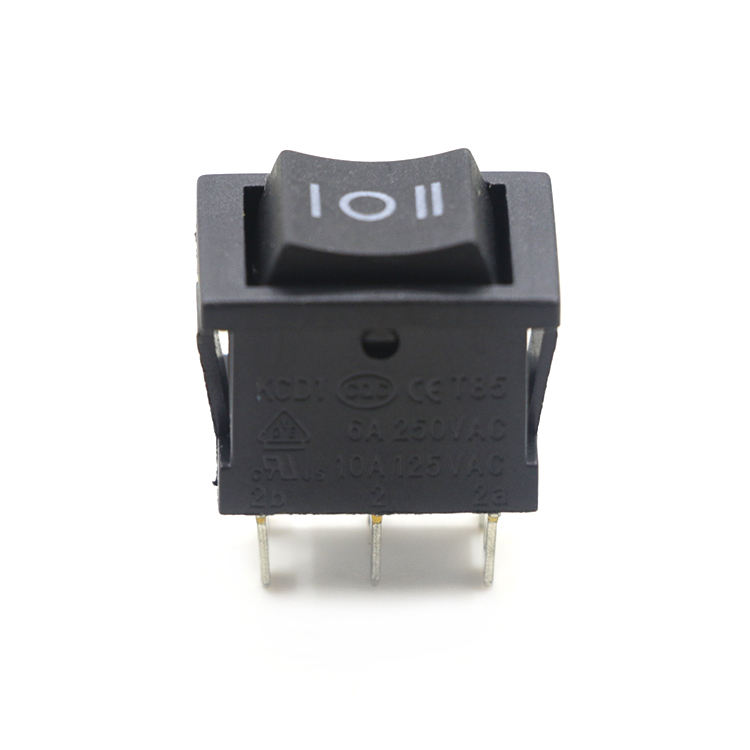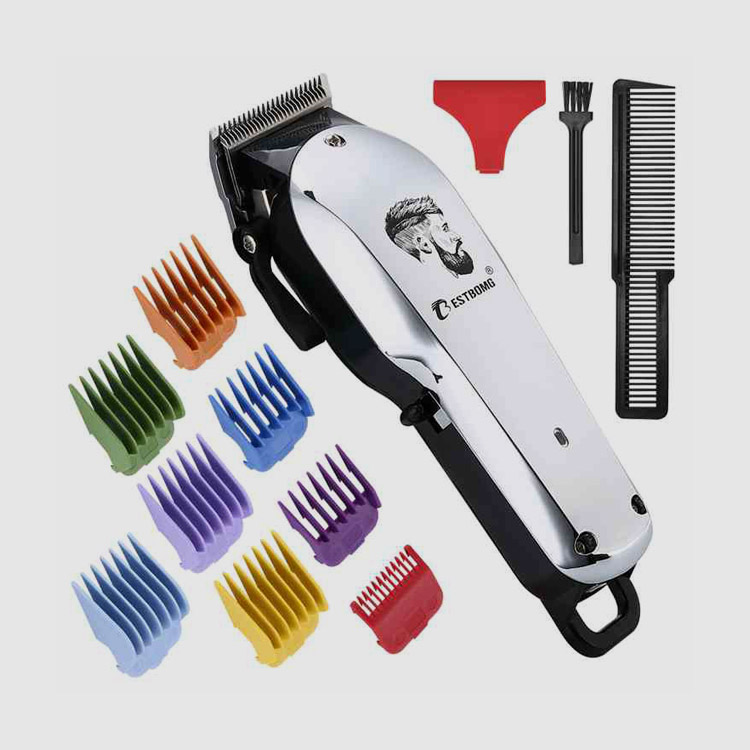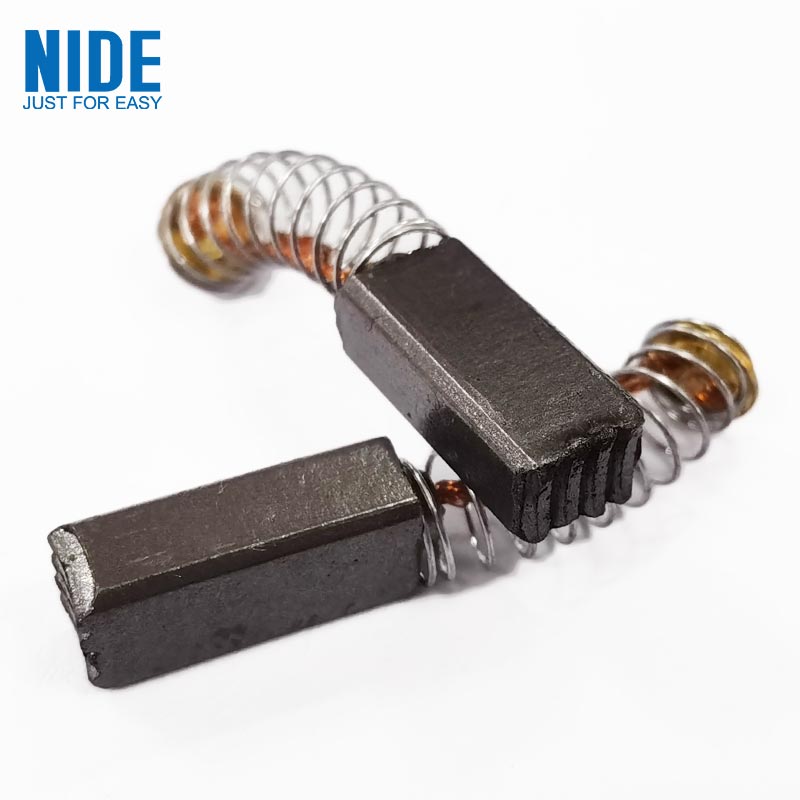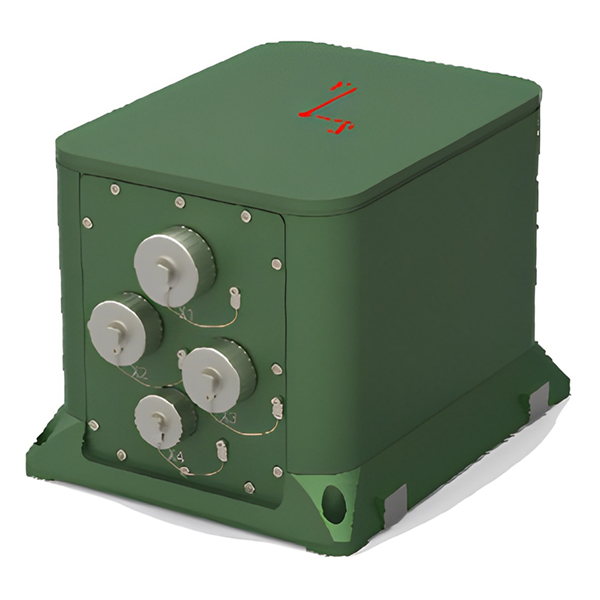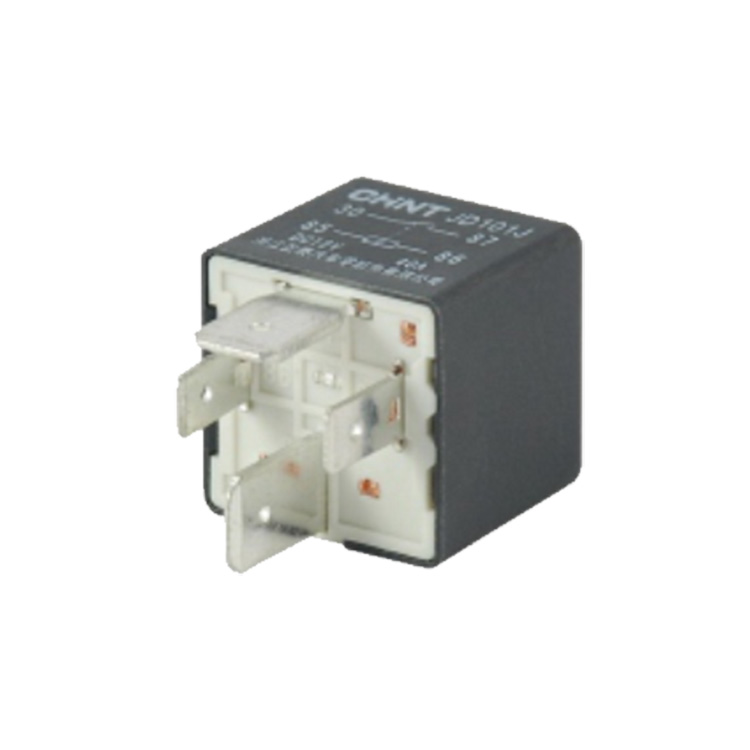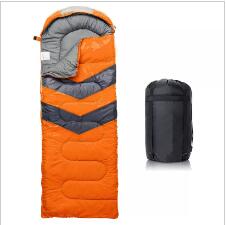2 Way 12 Volt Toggle Switch
A rocker switch is a type of electrical switch that features a lever or rocker mechanism that can be flipped or rocked back and forth to control the flow of electrical current. Here's how a typical rocker switch works:1. Construction: - A rocker switch consists of a housing or body that contai......
Send Inquiry
Product Description
A rocker switch is a type of electrical switch that features a lever or rocker mechanism that can be flipped or rocked back and forth to control the flow of electrical current. Here's how a typical rocker switch works:
1. Construction:
- A rocker switch consists of a housing or body that contains the electrical contacts and terminals.
- It has a pivoting lever or rocker mechanism positioned in the middle of the switch.
- The lever is usually made of plastic or metal and is connected to the switch's internal mechanism.
2. Positioning:
- A rocker switch typically has two positions: "On" and "Off."
- In the "Off" position, the lever is in one resting position, often aligned with the housing or body of the switch.
- In the "On" position, the lever is moved or rocked to the opposite resting position, creating a visible and tactile indication that the switch is in the "On" state.
3. Electrical Contacts:
- Inside the rocker switch, there are stationary electrical contacts and movable contacts that make or break the electrical connection.
- When the switch is in the "Off" position, the movable contacts are in a position where they are not touching the stationary contacts, thus interrupting the electrical flow.
- When the switch is in the "On" position, rocking the lever moves the movable contacts into contact with the stationary contacts, completing the electrical circuit and allowing current to flow.
4. Actuation:
- To operate the rocker switch, the user applies pressure to one side of the lever, causing it to pivot around its central axis.
- As the lever moves, it engages with the internal mechanism, pushing the movable contacts against the stationary contacts.
- The movement of the lever is designed to be smooth and requires minimal force.
5. Switching Actions:
- Rocker switches can be single-pole, single-throw (SPST), meaning they control a single circuit and have two positions (On and Off).
- They can also be double-pole, single-throw (DPST) or have more poles, allowing them to control multiple circuits simultaneously.
Rocker switches are commonly used in various applications, including household appliances, automotive controls, electronics, and industrial equipment. Their simple yet effective design allows for easy operation and clear visual indication of the switch's state, making them popular for both residential and commercial use.


